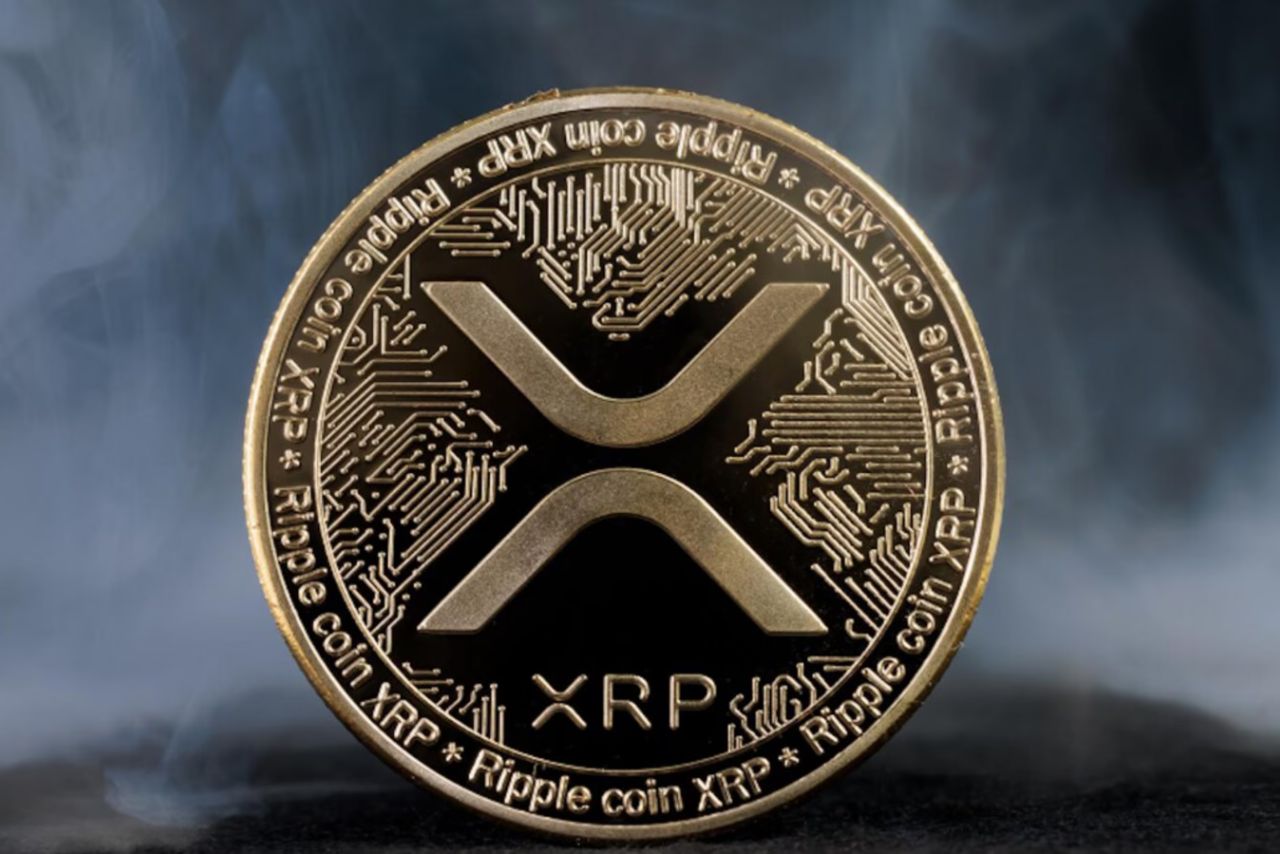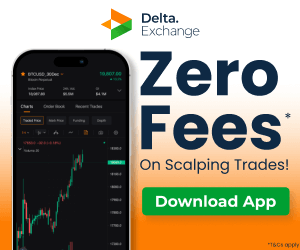In a surprising turn of events, President-elect Donald Trump prepares to reshape America’s cryptocurrency landscape through an executive order establishing a national digital asset reserve. The incoming administration plans to prioritise US-created cryptocurrencies, marking a significant departure from previous policies.
Domestic Digital Assets
According to Bloomberg reports, Trump’s administration aims to position American-made cryptocurrencies at the forefront of national economic strategy. Subsequently, the Federal Reserve could incorporate XRP, Solana, and USDC into an “America-first strategic reserve.”
Industry Support
The cryptocurrency sector demonstrates strong backing for the incoming administration through substantial donations. Moreover, industry leaders plan to host an “Inaugural Crypto Ball” in Washington, highlighting strengthened ties between crypto businesses and Trump’s team.
Regulatory Relief on the Horizon
The proposed executive order signals a potential pause in ongoing cryptocurrency litigation. Furthermore, this shift could benefit major players like Ripple Labs Inc. and Binance Holdings Ltd., who have faced regulatory challenges under the Biden administration.
Economic Implications
The Federal Reserve is actively exploring the potential integration of digital assets, including cryptocurrencies like XRP, into its financial system. This exploration is part of a broader initiative to understand how central bank digital currencies (CBDCs) could enhance the U.S. payments landscape.
The announcement represents a dramatic shift from the previous administration’s approach to cryptocurrency regulation. Notably, the SEC launched over 100 enforcement actions against crypto companies during Biden’s tenure.
Trump’s executive order would require all government agencies to reassess their digital asset policies. Consequently, this comprehensive review could reshape the regulatory landscape for cryptocurrency operations in the United States.
Why XRP & Solana Might Lead the Pack
There has been speculation that XRP and Solana could be used for cross-border payments, highlighting a focus on practical applications. Similarly, the inclusion of Circle’s USDC stablecoin suggests a balanced approach to digital asset integration. This strategy could strengthen America’s position in the digital landscape.
Conclusion
The cryptocurrency industry’s support manifests through substantial inaugural committee donations. Major players like Coinbase and Ripple have actively contributed to the transition process.
Market analysts observe potential long-term effects on global cryptocurrency adoption. These policy shift could influence international perspectives on digital asset regulation and implementation.
The proposed changes mark a significant departure from traditional monetary policy approaches. Nevertheless, implementation details remain under development as the transition team finalises its strategy.
Written By Fazal Ul Vahab C H



